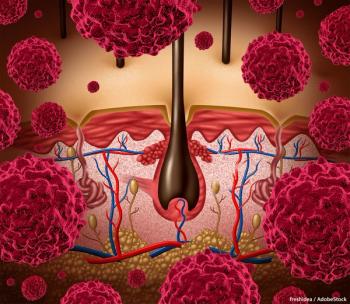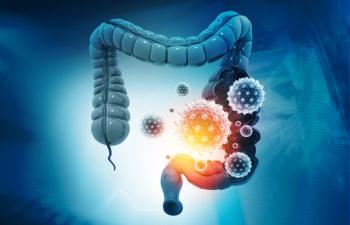
Radioembolization Plus Chemotherapy Is Feasible in Liver-Dominant NETs
Although 1 of 21 patients with liver-dominant NETs died due to RILD in the phase 1 study, no RILD-induced deaths were observed in the phase 2 trial.
The toxicity of radioembolization with the radiosensitizing chemotherapy agents capecitabine (Xeloda) and temozolomide (Temodar) was additive in patients with liver-dominant neuroendocrine tumors (NETs), and no new safety signals were identified, according to Michael C. Soulen, MD, director of Interventional Oncology at the Abramson Cancer Center at the University of Pennsylvania.
He spoke with CancerNetwork® in an interview at the 2025 North American Neuroendocrine Tumor Society (NANETS) Multidisciplinary NET Medical Symposium about a presentation of the phase 2 CapTemY90 trial (NCT04339036), assessing the combination of radioembolization and chemotherapy in patients with liver-dominant NETs, he gave at the conference. Specifically, he highlighted safety findings, with an emphasis on adverse effects.
Soulen began by highlighting findings from the phase 1 portion of the trial, which showed that administering the combination regimen was feasible among patients with liver-metastatic NETs. Furthermore, he noted that the most common toxicity was cytopenia, with platelet count decreases also being the most prevalent. He further emphasized that toxicities with radioembolization were uncommon, but that radioembolization-induced liver disease (RILD) could be a major concern.
In the phase 1 trial, which included 21 patients, he stated that 1 patient died due to an RILD event. However, in the larger phase 2 trial, which enrolled approximately 50 patients, he noted that no patients had died from RILD complications.
Transcript:
We did the phase 1 study several years ago. Of course, if you combine 2 things, they could be synergistically toxic. They could be too intolerable for the patient. We did a 21-patient phase 1 study, and we demonstrated that it was feasible. We could do this: combine [radioembolization and chemotherapy]. Almost everybody was able to complete the regimen as prescribed. The toxicity was additive. That means we expected toxicity from the drugs and expected toxicity from the radiation, but not worse [toxicity].
The major toxicity you see are cytopenias and drops, particularly [for] the platelet counts. We continue to see more or less what you would expect from the dose of [capecitabine/temozolomide] that they are on. Y90 toxicities, fortunately, are quite uncommon. Most people have none. The big question we worry about is what’s called radioembolization-induced liver disease (RILD), which can happen in anyone who is getting radioembolization.
You worry about whether you potentiate that with chemotherapy. In the phase 1 cohort, we did have 1 patient who died from [RILD]. That could happen, and in a 20-patient [cohort], you do not know if that’s more [than] you expect. So far, so good in the larger 50-patient phase 2 cohort. It does seem to be pretty much as expected, so no worrisome signals in terms of toxicity.
Reference
- Soulen MC, Iyer R, Berman Z, Chauhan A, Thornton L. Multicenter phase 2 trial of Yttrium-90 radioembolization with capecitabine-temozolomide for grade 2 liver-dominant metastatic neuroendocrine tumors: interim report. Presented at the 2025 NANETS Multidisciplinary NET Medical Symposium; October 23-25, 2025; Austin, TX. Abstract 33445.
- CapTemY90 for Grade 2/3 NET Liver Metastases (CapTemY90). ClinicalTrials.gov. Updated September 5, 2025. Accessed November 4, 2025. https://tinyurl.com/5euyvtu4
Newsletter
Stay up to date on recent advances in the multidisciplinary approach to cancer.


















































































